Having a range of options to support your training means that no matter your starting point or stage of progression, from beginner to advanced, anyone can keep moving forwards on their calisthenics journey.
-
Assisted
-
Stability
-
Levers + Angles
-
Eccentric
-
Isometrics
-
Pause Reps
-
Weighted
-
Broken Sets
In standard weight training it's simple to make an exercise easier or harder by just changing the amount of weight on the bar or dumbbell. A calisthenics athlete has to be a bit more creative.
Having a range of options to support your training means that no matter your starting point or stage of progression, from beginner to advanced, anyone can keep moving forwards on their calisthenics journey.
The tools in the locker help you develop the required strength and movement abilities en route to your final goal.
Effective use of these tools means that literally anyone can train in calisthenics. Often we use these tools to get through sticking points and bridge gaps between progressions whether that be a movement requirement or a strength one. So by selecting the right tool, your progression will never stop.
There is an overview of each tool in the locker below . If you understand the principles, you’ll be able to apply them to your own training and environment to make great decisions about your specific needs and progression.
Bands or partners can provide assistance + reduce the load
The assistance tool is about getting a helping hand when an exercise or movement pattern is too hard.
Including assisted exercises in your programme allows you to connect the dots in terms of neuromuscular learning but also train the force development components as well.
Therefore using a band, a partner or your own body reinforces the movement patterning, applied and capacity strength phases.
Here is an example.
Changing the lever length or angle used alters the demands
By changing the length of the body and/or the angle at which it’s moved enables us to alter the strength requirement of a given movement.
The most common use of this tool is to reduce the length of a lever. In calisthenics this often means making our body shorter and thus decreasing the amount of torque required at a joint.
Less torque means a lower strength demand or movement pattern competency, enabling you to train at a stage that’s appropriate.
Here is an example for the human flag.
Holding a static position with little to no movement
Isometric muscle contractions occur when the developed tension in the muscle is equal to the force acting upon it, with therefore no visible movement.
In simple terms, they’re static holds. Isometrics are a great tool in your locker for developing new strength and getting over sticking points in movements.
Isometrics have been shown to increase strength 15° either side of the stationary position you hold. Therefore, you’re not just getting stronger in that position, but also above and below that point.
Adding additional load to a movement to increase strength development
This can be in the form of a weighted vest or a weight belt.
However, before deciding to add more resistance you should ensure you have mastered the movement pattern with appropriate postural control. Training with poor form and additional weight is not going to aid in your long-term progression and will increase the risk of injury.
Weighted training can also be combined with other tools such as an isometric or eccentric.
Changing the stability demand on the body can make an exercise easier or harder
Creating a more unstable environment means the exercise becomes more difficult.
There are some great benefits in terms of developing more robust movement patterns. In the process you can introduce new challenges and have some fun with your training.
On the flip side if a movement or progression is proving too tricky, you can make the environment more stable and therefore make it easier to perform. Understanding this means you can change your environment or exercise setup to either progress difficulty or regress it in line with your current ability.
Performing only the deceleration part of a movement builds strength
Performing eccentrics or ‘negatives’ means we emphasise the lowering phase (deceleration) of a movement.
Eccentrics build strength and train the movement pattern of a given exercise before you’ve acquired enough strength to be able to perform the concentric (acceleration) phase.
The effectiveness of an eccentric movement is determined by being able to control the deceleration thus extending the total time the muscle is under tension. Slow controlled movements with an eccentric duration of at least 5 seconds per repetition are recommended.
Here is an example often used to improve pull up strength.
Target starting strength by pausing prior to the concentric movement
In some calisthenics movements you need to move from a stationary or static position. To go from nothing to something is called starting strength and requires a small tweak to each rep.
Instead of bouncing straight out of one rep to the next build in a 2 - 3 second pause at the bottom of the eccentric position. This takes any momentum or elastic response away and means you have to recruit more pure strength to get yourself moving.
Breaking a set down into smaller groups of reps separated by a short rest
It's important to hit a target range of repetitions in order to create a specific adaptation however, sometimes we run out of gas and can't do it in one go.
This is where broken (or cluster) sets are a really useful tool. By breaking the set into small chunks and building in a very short rest between each one, you can hit the total number of reps you need. For example a set of 10 reps could be 5 - 3 - 2 with a 10 second rest at each break.
Employing more than one tool to any given movement in order to progress or regress means the opportunities to adapt training to your specific needs are endless.
There are some pairings that go well together; isometrics and assistance, assistance and levers, levers and eccentrics, eccentrics and weighted. These are just some combinations to think about.
Be creative but don’t be the class clown. Eccentric handstand push ups on a stability ball wearing a weighted vest is not a great investment in your physical longevity... or dignity.


